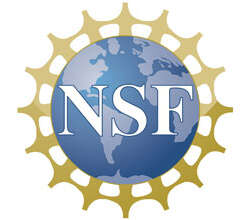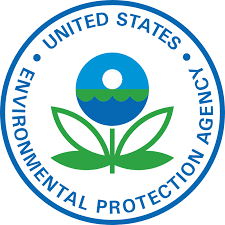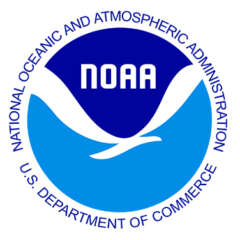Speakers
4 speakers
Date & Time
Nov 17, 2021 2:00 p.m. ET
Webinar
Date: On Demand
Duration: 1 hour
Cost: No Fee
The great return to work keeps getting postponed. Now many federal organizations – just like commercial ones – are starting to plan for a future where the level of remote working is permanently higher than it was before March, 2020.
A rise in remote working coincides with two critical information technology trends. Trend one is wider adoption of cloud computing, which complicates connections between end user devices, and the data and applications they need to access. Trend two is the uptick in ransomware. The most common vector for ransomware is phishing emails and, more recently, texts.
It all adds up to a need for a more robust and efficient approach to end point protection, with a particular emphasis on end point-to-cloud security. Given the White House emphasis on agencies establishing zero trust architectures, federal IT people need fast, practical approaches to connecting end points with commercial clouds in a way that conforms to the requirements of the May 2021 executive order.
Such approaches were the topic of a panel discussion convened by Federal News Network – which you can watch in its entirety by clicking on the link.
Agencies heavily in the cloud already have in a somewhat challenge than those remaining with extensive data center resources. A case in point is the National Oceanic and Atmospheric Administration.
“A lot of our application do run in the cloud. So a lot of the endpoint security really focuses on protecting browser level access, as well as things like secure access service edge (SASE),” said Chi Kang, deputy director for operations in the Cyber Security Division at NOAA. He added that because NOAA allows only government-furnished devices, the agency is able to standardize on a specific set of third-party end point security tools layered on top of its mobile device management application.
The situation is different at the National Science Foundation, according to Chief Enterprise Architect Chezian Sivagnanam. Its data sources and applications are accessed by academic grantees and partners who are not federal employees. Therefore the NSF has had a telework-oriented approach for several years.
“Now we are going to do laptop as a service,” Sivagnanam said. “It is packaged with several tools to support the work from anywhere model, such as synchronous and asynchronous collaboration tools.”
Security services are currently running in an NSF data center, but the strategy calls for use of cloud-hosted services, Sivagnanam said, coupled with device-based services such as on-board containers for government-related applications.
At the Environmental Protection Agency, end device types have also expanded widely. That, plus the executive order and the multiplicity of device- or operating system-specific security tools, are prompting change in strategy.
“The zero trust technology architecture that we’re looking at, is to flatten and reduce the attack surface,” said Brian Epley, director of the Office of Information Technology Operations at the EPA. “We’re expanding that to be more of a singular tool rather than multiple tools in the Batman tool belt. Standardization is a key focus strategically, but it also helps us manage some of that cost.”
In essence, the pandemic accelerated a networking trend that had been underway for some time, said Tony D’Angelo, the vice president for public sector at Lookout.
“There’s this notion that the perimeter is gone, and it’s gone forever, effectively,” D’Angelo said. He added, “That’s changed a lot of things. Now we have users with mobile devices, so untrusted devices on untrusted networks ask accessing secure data.”
He advised a mobile device security layer to augment device management systems. He said that beyond that, agencies will need to deploy a variety of services including zero trust network access, cloud access security brokerage, and network telemetry to access and warn of threats before they materialize.
Learning objectives:
- Devices and Software in a Hybrid Environment
- Zero Trust and the Executive Order
- The Current Threat Landscape
This program is sponsored by ![]()
Complimentary Registration
Please register using the form on this page or call (202) 895-5023.
Speakers

Chezian Sivagnanam
Chief Enterprise Architect, National Science Foundation

Brian Epley
Director, Office of Information Technology Operations, U.S. Environmental Protection Agency

Chi Kang
Deputy Director for Operations, Cyber Security Division, Office of the Chief Information Officer, National Oceanic and Atmospheric Administration

Tony D'Angelo
Vice President, Public Sector, Lookout
Please register using the form on this page.
Have questions or need help? Visit our Q&A page for answers to common questions or to reach a member of our team.
